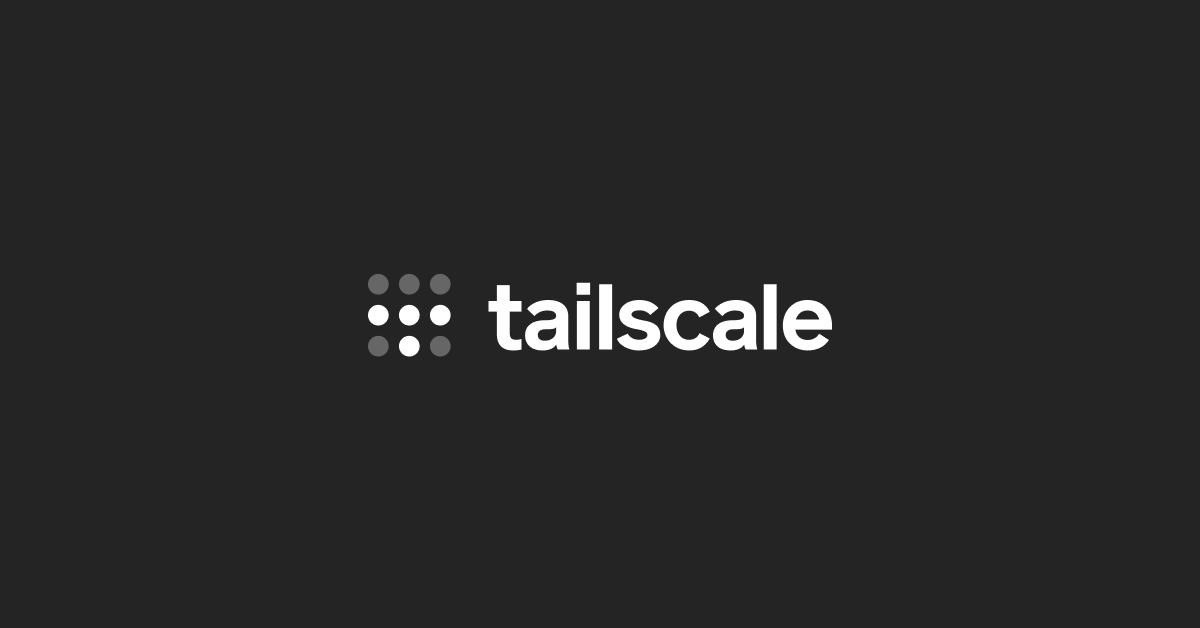- cross-posted to:
- [email protected]
- [email protected]
- cross-posted to:
- [email protected]
- [email protected]
Although I don’t know that tailscale is necessarily a good example of permacomputing, this article touches on some interesting ideas about the nature of tech centralisation.



I’m only vaguely familiar with Tailscale, but I am very interested after reading this and will seriously look into it as soon as I have proper time. The author makes a lot of excellent points, and very directly explains a lot of the problems I have with modern computing.
This has been the trend for literally the entire 21st century so far. I’m also one of those “mature” computer users. I started coding before JavaScript was even a thing. And I’ve been repeatedly shocked and frustrated at how things that took me literally one line of code in the 90s somehow require entire custom classes built atop massive frameworks today. Dude, all I want is to add a row to a listbox. It’s not rocket science. I don’t need it to be performant with millions of rows. It’s only going to have, like, ten. This does not require data providers and callbacks and backends. (I’m sure there are modern frameworks that make this easier, but this is a real-world example from the Objective-C/Cocoa era of Mac OS X. Not coincidentally, I stopped caring about writing GUIs around that time.)
The problem is that many modern frameworks are developed by massive tech companies for massive tech companies. They need the million rows, so the frameworks are optimized for that. Many developers choose those frameworks to be cool. Also learning abut those frameworks helps in the next jobs and managers love to copy the “cool” big tech companies. The simple truth is that for many projects a monolith with a simpler framework is enough to handle the load and those are around too. For desktop it becomes even easier, as a bunch of old frameworks are still under development and work perfectly well.